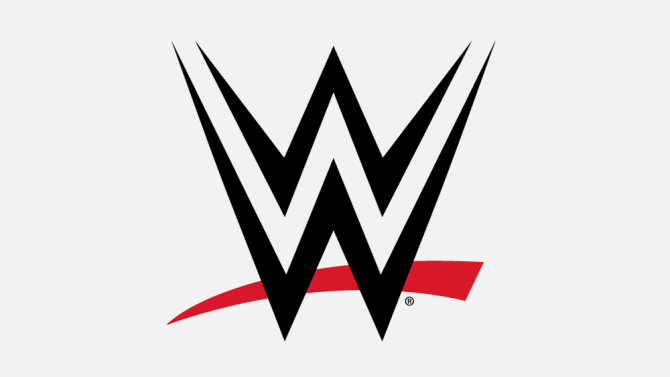The NFL has been in a ongoing battle with the NFL Players Association (NFLPA) regarding concussions and chronic traumatic encephalopathy (CTE). In 2015, a movie called Concussion, which starred Will Smith appearing as Dr. Bennet Omalu, documented the nightmare effects CTE can have on former players. Dr Ann McKee, a neuropathologist, examined the brains of 202 […]


